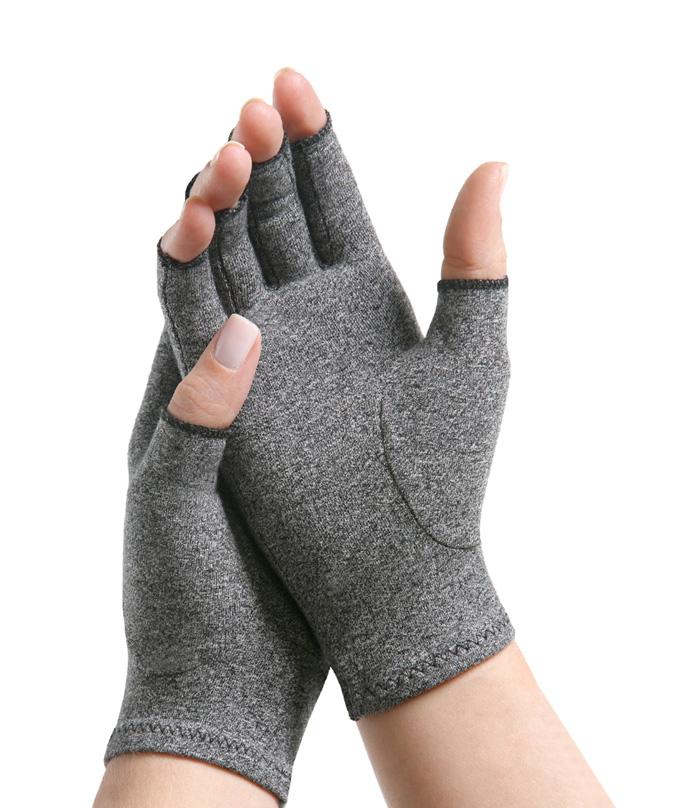Understanding The Anatomy Of The Shoulder
This article will discuss the anatomy of the very complex and sophisticated structure we know as the shoulder.
 The shoulder boasts the greatest range of motion of any joint in the human body. It is because of this unique feature however, that a fine balancing act between strength and stability and this wide range of movement exists. The players in this balancing act which is the shoulder include three main bones which we will learn a little more about. Many muscles, tendons, ligaments and cartilage form the soft tissue components of the shoulder’s anatomy. Three joints of the shoulder where the bones articulate provide for the complexity of movement and also however its proneness to injury.
The shoulder boasts the greatest range of motion of any joint in the human body. It is because of this unique feature however, that a fine balancing act between strength and stability and this wide range of movement exists. The players in this balancing act which is the shoulder include three main bones which we will learn a little more about. Many muscles, tendons, ligaments and cartilage form the soft tissue components of the shoulder’s anatomy. Three joints of the shoulder where the bones articulate provide for the complexity of movement and also however its proneness to injury.
Bones of the Shoulder
Let’s begin with the bones of the shoulder. They are the clavicle, the scapula and the humerus.
The Clavicle is what we commonly call the collarbone. It provides strength and support at the anterior shoulder. A clavicle fracture is a common shoulder injury which is often impact induced as in an auto accident, fall, or sports related hit.
The Scapula is the bone we know as our shoulder blade. The two blades of the shoulder are posteriorly located. The top of the shoulder is formed by the top of the scapula which is known as the acromion.
The Humerus is the third main bone of the shoulder. It is simply the bone located in the upper arm whose uppermost portion articulates to form the shoulder. A break bruise or fracture of the humerus or any of these bones will cause pain, probable swelling and reduced mobility of the shoulder.
Muscles of the Shoulder
The Muscles involved in the Anatomy of the shoulder are many, with each contributing to the vast range of motion and stability. For example...
The levator scapulae provides for rotation downward as well as elevation of the scapula (

shoulder blades). The subclavius muscle stabilizes as well as depresses the clavicle (collarbone) The rhomboids, trapezius, deltoids and serratus anterior are all some of the muscles with a designated role to play in creating the anatomy of the shoulder.
Common injuries to these muscles include strains, sprains, overuse, and impact and can present with pain, swelling, and reduced or no mobility of the shoulder. See collection for shoulder support: Shoulder Braces & Posture Supporters
Ligaments and Tendons of the Shoulder
Ligaments are soft tissue material which connect bone to bone. In the shoulder, ligaments form the joint capsule providing which helps keep the shoulder in place thereby avoiding dislocation of the shoulder. Ligaments also form the labrum which is a wedge shaped structure creating a sturdy support for the glenoid socket.
Tendons connect muscles to bone. What we know as the rotator cuff is a group of four tendons which connect the deepest muscle layer of the shoulder to the humerus. These tendons which are known as the rotater cuff, originate on the scapula and connect their own specific muscle to the humerus.
The names of these tendons are as follows:
- Supraspinatus muscle tendon
- Infraspinatus muscle tendons
- Teres minor muscle tendons
- Subscapularis muscle tendons.
A rotator cuff injury is most common among those involved in sports involving overhead movement such as fastball, volleyball, racquetball etc. In work like painting and drywalling rotator cuff injuries are also more common.
Sharp pain in and around the shoulder with particular movements depending on which tendon is involved are symptoms of possible ligament and tendon pulls or tears. Limited movement is another result of injury. These injuries may be a result of repetitive overuse or occur suddently with the particular activity.
Cartilage is another important part of the shoulder anatomy. It is a slippery rubberlike substance covering the ends of bones where they articulate with one another. It’s purpose is to provide shock absorption and well and a slippery surface to enable smooth gliding of the joints.
The Three Joints of the Shoulder
The Glenohumeral is the main shoulder joint. It is a ball and socket structure where the ball end of the humerus fits into the shallow socket of the scapula (also called the glenoid).
The Acromioclavicular Joint is often referred to as the AC joint. This is where the clavicle (collarbone) meets the acromion (highest bony process on the scapula)
The Sternoclavicular Joint or SC Joint provides connection of the arms and shoulders to the front of the chest.
With each of these joints come their corresponding, muscles, tendons, ligaments and cartilage.
There we have an outline of the the intricate combination of bone, muscle, tendon, ligament, cartilage and joints which create the anatomy of the shoulder. Their interaction provides the part of our body which we are able to move in more ways and directions than any other part – the Shoulder.
Images (c) Can Stock Photo






Leave a comment